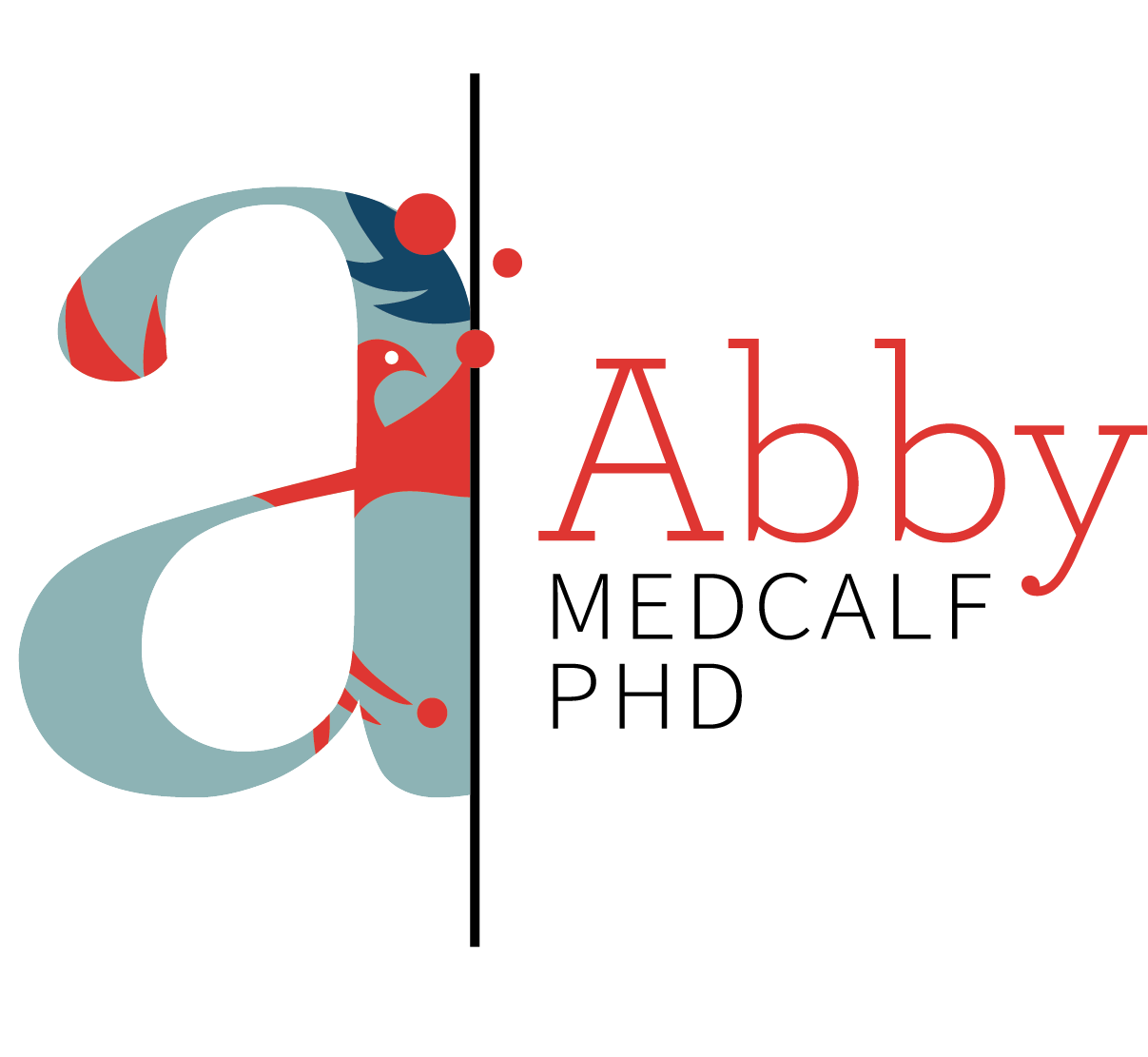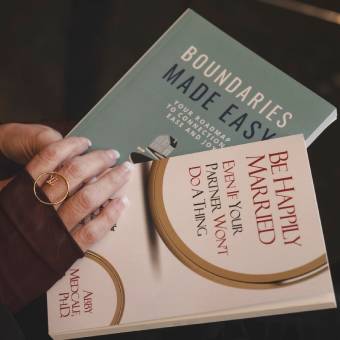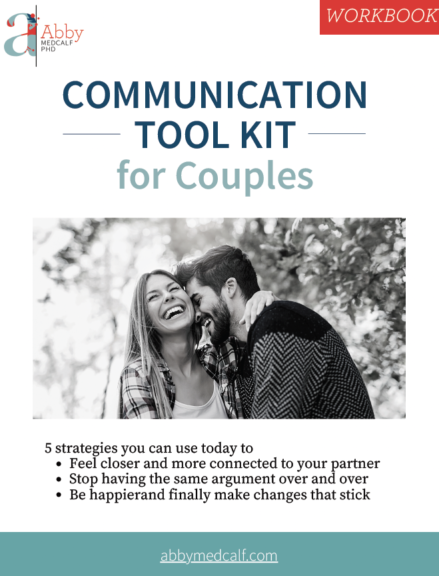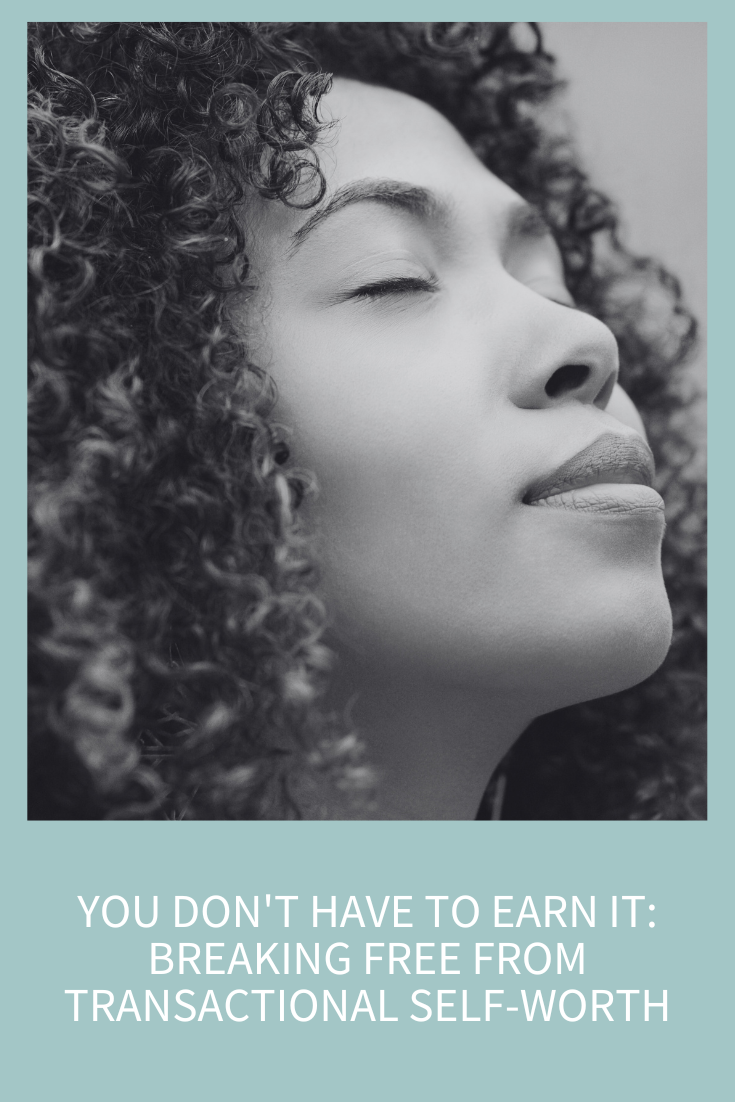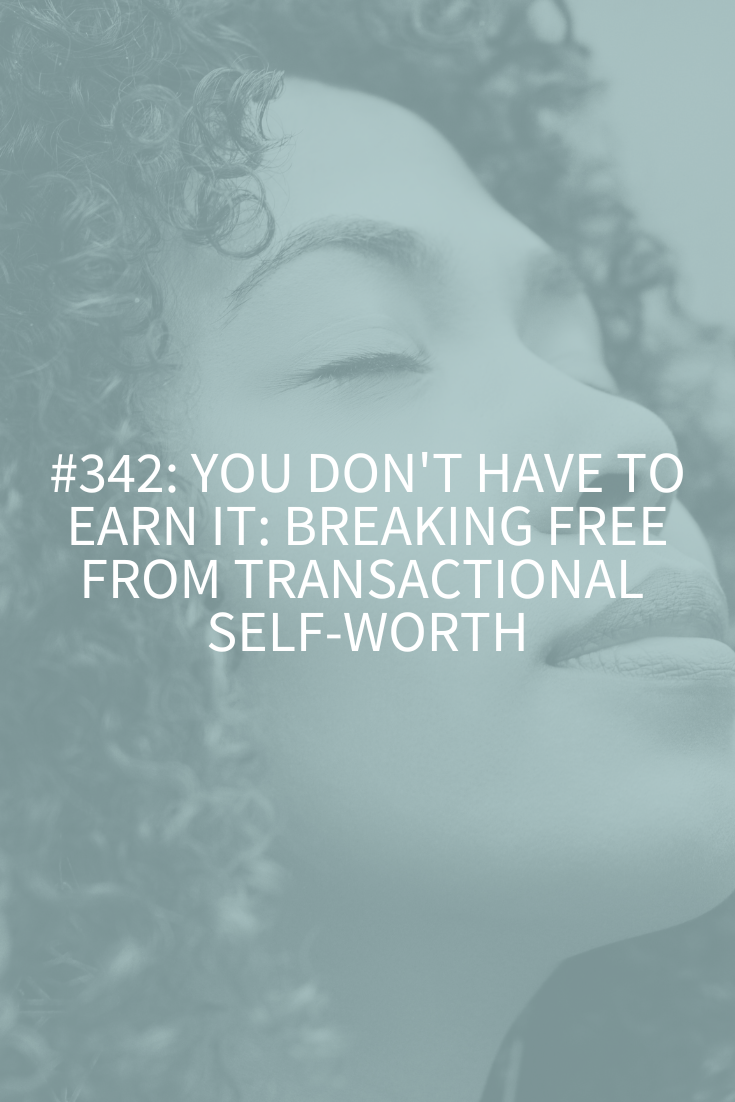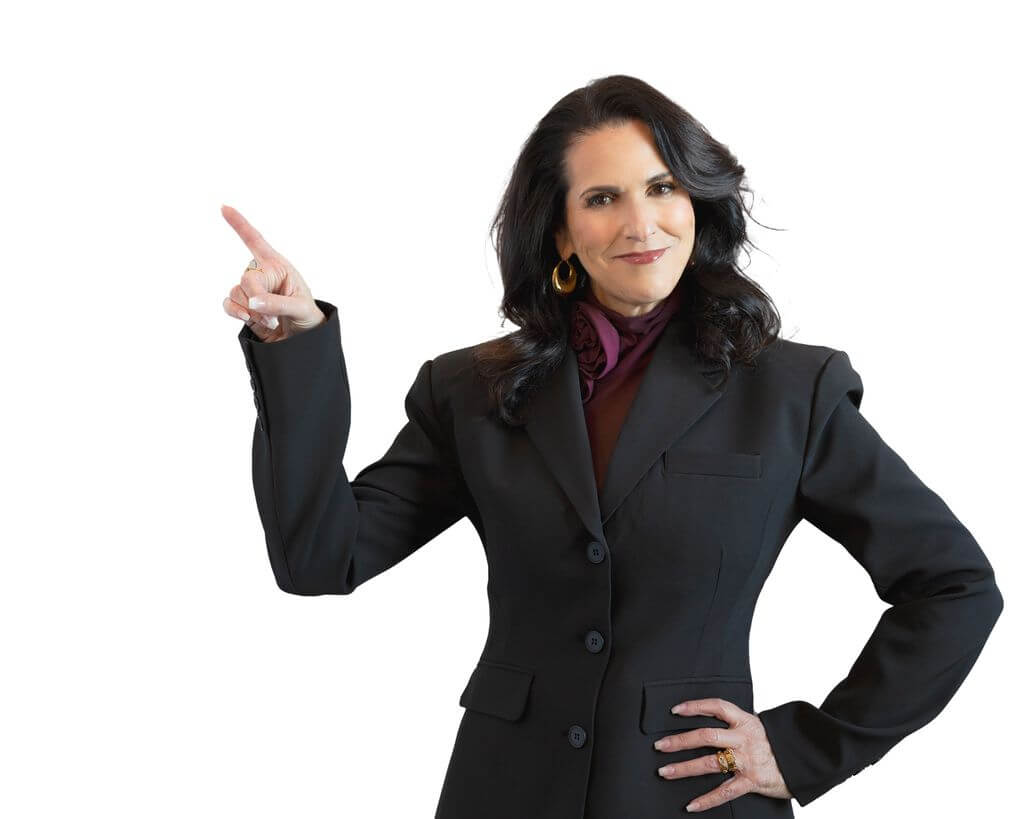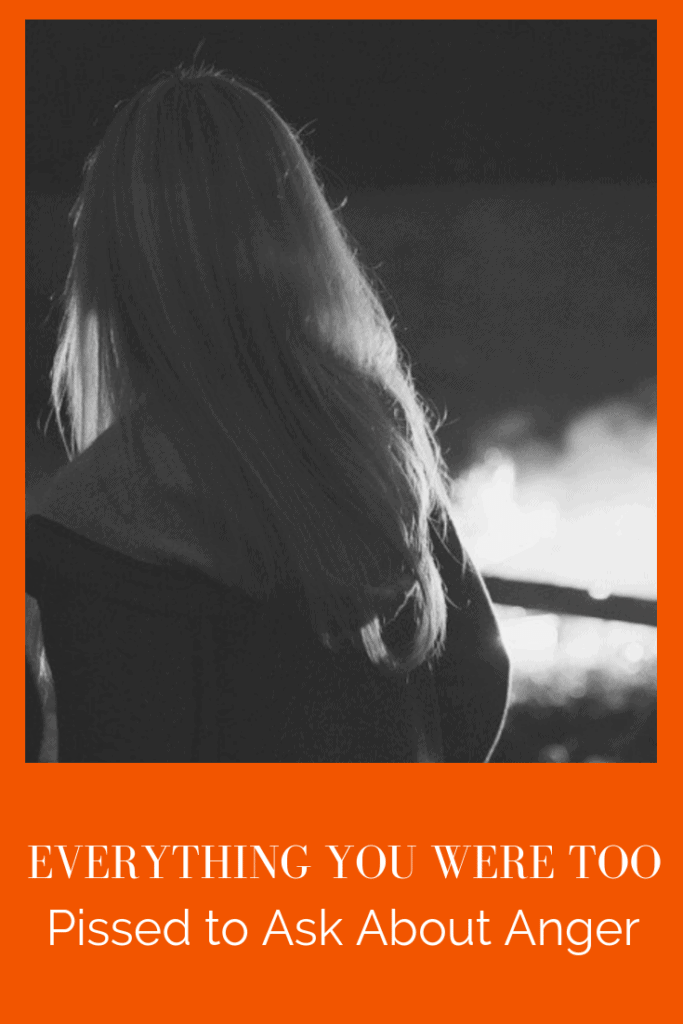
Anger is one of those things lots of people know about, but not everyone understands. There are so many misconceptions about what anger is and isn’t and today I’m going to let you in on a big secret about anger that’ll help you release your anger and feel calmer and more compassionate.
Let me start with a question first. Is anger a positive or a negative emotion? OK, that’s actually a trick question. Emotions aren’t positive or negative. If you think of them this way you’ll get yourself into trouble because you’ll try to chase the “positive” ones (happiness, love and pleasure) and avoid the “negative” ones (anger, anxiety and sadness). That’s no good because then you end up doing things you shouldn’t like drugs, alcohol, spending money and chasing relationships in your quest to have the good feelings and avoid the bad stuff.
Instead, I want you to think of emotions as either being healthy, and moving you forward, or unhealthy and keeping you stuck. There are times when being content can keep you stuck. For example, have you ever stayed in a relationship or job long past when you should have left? Exactly! You might have previously viewed contentment as a positive emotion. BUT, it was keeping you stuck so, guess what? Being “too content” can be unhealthy!
In this same way, anger is actually a healthy emotion. Think about it. Anger is often very motivating. You know, like when you think your butt is looking too big so you get pissed and get yourself to the gym or if you’re upset about the latest political campaign and it motivates you to start working the polls (that’s polls, not poles – not sure that “working the poles” is as healthy as “working the polls” – but I digress).
The problem is that a lot of people think they’re experiencing anger, but what they’re really experiencing is either resentment or rage, and those are unhealthy emotions.
Let me take a minute to talk about both of those feelings. Let’s start with resentment:
Resentment is all about old anger. Remember what “re” means at the beginning of a word? It means “again.” Re-sentment literally means sensing or feeling something again. If you came in with the groceries that very first time and no one offered to help, you wouldn’t be happy about it, but you wouldn’t be seething all day about it either. The problem is that there have been many times when no one offered to help you – it could have been with the groceries or something else entirely. This time that you came in with the groceries and no one offered to help is reminding you of a previous time no one offered to help. This is how resentment builds.
Now, there’s also rage. There’s a special equation for rage. Rage equals anger plus helplessness. It’s the combination that’s the problem, not the anger on its own. It’s the same with resentment. It’s that feeling that “nothing will ever change,” or “no matter what I say s/he still X.” It’s a feeling of helplessness and hopelessness.
Feelings of anger come and go. Rage and resentment stay with you all day. A lot of clients come to me and say they have an anger problem. In the past, they were told to do things like “counting to ten” and “breathing through their feelings.”
They end up with me, because this doesn’t work. It didn’t work because they were focusing on the wrong thing. They were focusing on the anger or resentment, instead of on the helplessness.
If you want to feel better and really change how you feel, you need to move your attention to the helpless feeling you’re experiencing.
As luck (or years of therapy) would have it, there’s actually a quick and very effective way to stop feeling helpless: Taking Action. If you want to stop feeling helpless, you need to take some action. No matter how small the step, if you just do one thing, you’ll start to feel different. You’ll start to feel empowered.
For example, let’s say you’re furious at your boss because he’s been treating you unfairly (we’re going to assume your boss is a “he” for the sake of this discussion). Maybe he favors another coworker or maybe he’s just always riding your ass.
You feel helpless because you need this job and whenever you’ve tried to talk to him in the past, he’s shut you down. What you really are in this case, is enraged. If you focus on how angry you are at him and try those tools to stop your anger, it’s not going to work long-term.
Instead, you have to start taking action to deal with your feelings of helplessness. This might mean investigating night classes you could take so you could get a degree and get another job. Even though the degree would take awhile, you’d definitely feel better once you start that process. Or, maybe you start looking for a new job in the classifieds or within your network. Or maybe you start documenting all the things your boss does that are unfair. It’s about taking your power back.
All of these actions will change your mood. I’m not saying you won’t still get angry, but you’ll no longer feel helpless. So, you’ll get mad, but it’ll be fleeting – it’ll go away – it won’t stay like a cloud over you 24/7.
In the end, the most important thing you can remember is that you feel the way you think. Let me say that again: You feel, the way you think. For a LONG time, people thought this was the other way around: they caught a feeling about something and then started to have all kinds of thoughts about it. However, that’s not how things work.
Think about a toddler seeing a spider for the first time. They’ll play with it, eat it, rub it all over themselves. They don’t think of it as a bad thing (yet), unless they’ve been taught to be afraid of it (usually by us parents screaming when we see one unexpectedly – or is that must me?). If you’re Bindi Irwin (her dad was the late Steve Irwin, the Crocodile Hunter and basically lover of ALL beings with more than 2 legs (or no legs), then you never scream when you see a spider. You were taught that they’re cool, so your feelings follow that.
So, if you feel the way you think, then if you want to stop feeling angry (or helpless), you need to change what you think or believe about whatever it is that’s getting you so upset.
To accomplish this, I’m going to teach you one of my all-time favorite tools today that will absolutely help you to shift from angry or enraged to calm (and maybe only a little annoyed since that will pass). It’s not about seeing the world through rose-colored glasses, but it is about seeing the world through a different lens.
This Magical tool is called Rational Emotive Therapy or RET for short and it was created by a brilliant man named, Albert Ellis.
Ellis, considered by many to be the grandfather of cognitive-behavioral therapies, founded RET in 1955. His theory was revolutionary at the time (and maybe to you now). It centered around the idea that individuals tend to think that what other people do, or what happens to us, causes our feelings. But, what really “makes us” angry, sad or glad is thinking angrily, sadly, or gladly about the things that happen to us. In other words, what we think or tell ourselves about an event makes us feel something, not the event itself. WE FEEL THE WAY WE THINK about a situation or person.
To use a simple example to drive this point home, I want to tell you about something I noticed in NYC traffic. One day, I was on the East side of 57th street and needed to get back home to my place in midtown. The traffic was crazy and at a virtual standstill, so I decided it was a nice day for a walk. As I was walking up 57th street, I noticed that some people were in their cars giving other people the finger, swearing, throwing their hands up and generally super pissed off and upset. However, I also noticed other people in their cars quietly sitting, listening to music and I even saw one guy reading a book while eating a sandwich. He had come prepared!
What was crystal clear to me is that it wasn’t the traffic itself getting folks upset. It was their thoughts about the traffic. Some people maybe weren’t used to traffic or decided it was the worst thing ever and were pissed. Others clearly didn’t have all those bad feelings about the traffic (maybe they’d grown up in the city and learned to expect it or maybe they were Zen masters). Whatever the reason, some people were fine sitting in the traffic. It doesn’t mean they loved traffic, it just means they didn’t have thoughts about it that got them upset.
If the traffic was the issue, everyone would feel the same about it. People feel differently about different things because they think differently about different things.
Now, let me get back to Ellis and his RET. Ellis came up with an awesome tool for addressing our thoughts so we could change our feelings. It’s usually called the ABCD format. I have broken down his process into more steps to make it super clear and easier to follow along, so I call mine the alphabet format because mine goes from A to G.
Here’s How it Works:
It’s best to do this in writing, but if you can’t, take a moment, close your eyes and go through the steps in your head. I, myself, keep a small notebook in my glove compartment for this, but you can also use the notes in your phone or whatever else might work and is handy when you need it.
So, the next time you’re upset, here’s what I want you to do:
First, you’re going to do A which means you’re going to look at The Situation: Write out the exact and specific situation or event you’re having a feeling about. In this case, the exact thing that happened that made you angry. What’s critical is to write only the “facts,” not your judgment about what happened. This is easy to hear, but can be hard to do.
For example, you might write down “My partner was angry with me when I arrived at the restaurant 20 minutes after I said I would be there,” versus, “I was a little late to dinner and my partner acted like a jerk.”
Next you’re going to address B, Your Beliefs: Now you’ll write down what you think or tell yourself about the situation you just described. What are your beliefs or thoughts about what happened?
Continuing the example of your partner being angry because you were 20 minutes late to your dinner date at a restaurant, you might write down things like:
- • “My partner is always looking for what I’m doing wrong.”
- • “I’m sick of him always acting superior and making mountains out of mole hills.”
- • “What the hell is wrong with me? Why can’t I ever get anywhere on time?”
- • “We can never have a nice time – she ruins everything with these snide remarks!”
The C of the Alphabet Format is where we look at your Feelings: When you think and believe these thoughts, (“My partner is always looking for what I’m doing wrong,” or “Why can’t I ever get anywhere on time?”), how does that make you feel? How do you feel about the situation/what happened?
Take a minute and put yourself in the situation I’ve been describing about being late to the restaurant. Really think about how you’d feel if you were having the thoughts I just talked about. My guess is you might feel depressed, anxious, angry, helpless, hopeless, frustrated, despondent, overwhelmed, annoyed or resentful.
Now we’re at the D in the Alphabet Format which is all about your Reaction: If you were having those thoughts, and feeling those feelings, how would you see the rest of the dinner going? Would it be fun and lighthearted or would you be preoccupied with these thoughts and all the things they remind you of, throughout the dinner?!?! Not a good time! You’d essentially be ruining your night over one bad comment (you know you’ve been there, don’t deny it)!
You’d be having any number of negative reactions which would result in another bad evening and a deepening of the negative cycle you have with your partner.
And this is why we need to get to the “E” of our Alphabet format:
E is the Dispute: In this step, you’re going to dispute your beliefs (what you wrote down for Part B). You need to ask yourself, “What else could be true about the situation/what happened?” Notice I didn’t say “What else is true…” It’s what else could be true. In a world where anything is possible, what else could be true about this situation?
In the example we’ve been using you might say to yourself:
- “My partner’s angry with me because they want to know they’re a priority in my life and showing up late doesn’t show that. How could I make them feel like a priority the rest of this meal?”
- “I definitely have too much on my plate lately. I’m only human and it’s time to let some things go so I can live a more calm life.”
- “My partner must really love me or they wouldn’t be angry that I’m late – they’d be happy they didn’t have to spend more time with me if they hated me!”
- “How would I feel if my partner was always late to things they planned with me? I think I’d feel sad and like I wasn’t important to them. I don’t want to make my partner sad, so I’m going to work on this.”
Now you’re getting to something and you’re ready for the F in the Alphabet Format which is where you identify your New Feelings. If you were to suspend judgment and truly believe these new thoughts you just wrote down, how would you be feeling? Write down your new feelings believing these new “truths.” You might notice new emotions like: patience, calmness, sadness, thoughtfulness, love, kindness, concern, motivation, willingness or openness.
At this point, you’re at the end of the Alphabet Format. You started with “A” and writing down the exact situation that got you upset (minus the judgment). Then you noted your “B” Beliefs or thoughts about the situation. Next you looked at “C” your feelings that go along with those beliefs. The next step was “D” where you wrote down your Reactions to those thoughts and feelings. After that, you had your “E” or Dispute about your beliefs. You asked yourself, what else could be true? Then you wrote down your “F” which was to suspend judgment and choose to believe these new thoughts you identified in your dispute. If you believed them, what new feelings were you having?
This brings us to the last step in the Alphabet Format or your “G” which is all about Action. In this final step, you’re ready to act, not react (Step D). You’re ready to have a new outcome, instead of getting stuck in those same old self-defeating patterns. If you were to believe these new thoughts and feel these new feelings of love and concern, what would be your new actions?
You’ll now write down two new actions you’re going to take to improve your Situation. In the scenario of being 20 minutes late to your dinner date you might say that your first new action is to set the reminder on your phone for at least 10 minutes earlier than you think you need to leave for your next dinner so you’ll be a few minutes early (or at least on time) for your next date. You could also write down that you’re going to make a list of 2 things you’re grateful for about your partner every day for one week to put you in a different mindset in the relationship.
The bottom line: you think you know, but you don’t. You’re so sure you’re right, but this idea that there’s only one objective “truth” in any situation isn’t true or where your focus needs to be. If two people see a car accident from two different vantage points, it’s very possible (and happens all the time) that they’ll have different stories about the accident and one might be positive that it was Driver A’s fault, while the other is just as sure that it was Driver B’s fault. Who’s “right?” Remember that you really don’t know everything or what every person is going to say or do. Be open to other possibilities.
I talk a lot about being correct or effective. In any given situation with your partner, you need to choose ONE of these. So, you could be “right” that your partner shouldn’t be so uptight that you’re a “little” late to your dinner date, but is that being effective? It’s time to stop focusing on what’s “right” and start focusing on how you can make changes that give you the result you’re looking for. If you want to have an awesome night out with your partner, focusing on how wrong they are isn’t going to get you there.
I use the Alphabet Format for any feeling that comes up that I’m struggling with – I think resentment is probably the most common one I need to use it for, but it also works for forgiveness, depression, anxiety – you name it. If there’s an unwanted feeling you’re having, this Alphabet Format is a tool that can have you thinking and feeling differently, right away.
